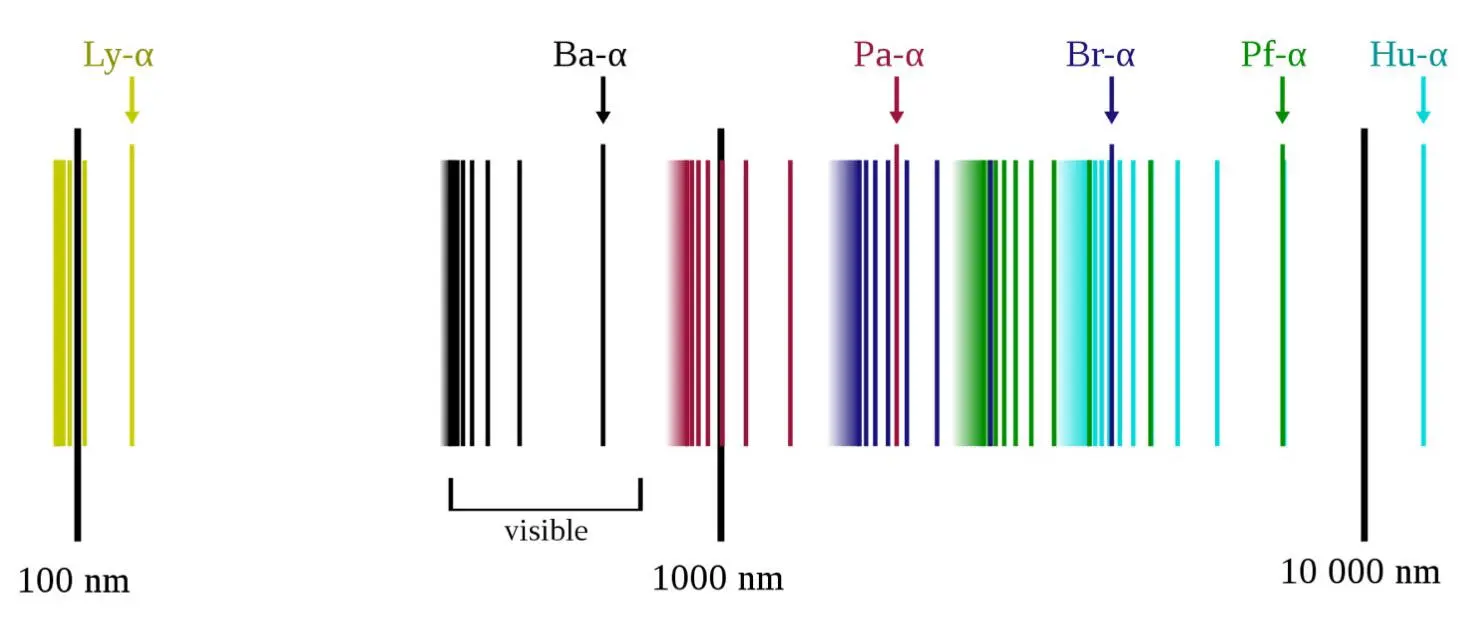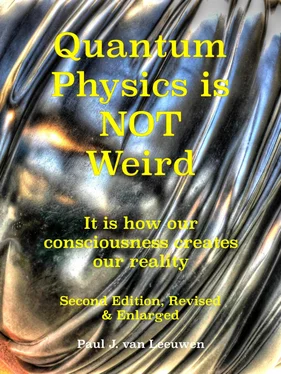It may even be that energy is the primary substance and that mass is only a property of it. Mass is the experience of the effort we must make to get matter moving (or to slow it down). This is known as inertial mass. Mass is also a source and receiver of gravity, which is known as heavy mass. Both may just as well be properties of primary energy. Since 2012, physicists acknowledge the existence of the Higgs field. A field from which every particle receives its inertial mass. The Higgs field is explained as a field that opposes acceleration; it gives objects their inertia. It does not oppose non-accelerated movement. Thus, a new hypothetical field is added to the set of hypothetical fields that physicists consider as being real.
With his General Theory of Relativity (introduced in 1915, confirmed in 1919, generally accepted in 1930) where he assumed inertial forces to be the same phenomenon as gravity, Einstein showed that gravity should not be seen as a force but as an effect of curved space-time, something impossible to imagine.
Anyhow, the edifice of classical physics – Newton's hard little balls model, causality and the continuity of time, fixed space and time, energy as work in stock – was teetering and started to collapse. A growing and continuously expanding need for more research was descending on the puzzled and puzzling physicists.
Spectral lines. Niels Bohr quantizes the atom

Figure 4.6: Line spectrum of glowing hydrogen gas on a logarithmic scale.
Source: Wikimedia Commons.
One riddle, in the steadily growing mass of new questions that emerged at the end of the 19 thcentury, that could not be solved by classical physics concerned the existence of spectral lines [1 8 ]. A hot glowing gas emits EM radiation in only very specific wavelengths or frequencies, a line spectrum. See figure 4.6. Every element we know has its own unique identifying line spectrum signature. As a side: this is how we know that hydrogen is by far the most common element in our visible universe. Those precise lines presented an intriguing puzzle. How did these discrete separate frequencies of a glowing gas come about? Why only these special wave lengths? The physicists Rydberg, Lyman, Balmer and Paschen had discovered in the 19 thcentury, empirically, that there exists a mathematical relationship between the wavelengths of glowing hot hydrogen gas, the Rydberg formula [1 9 ]:
1/= R(1/n 2-1/m 2) R=1,097373 x 10 7m -1
In this formula, nand mrepresent integer positive numbers (1, 2, 3, 4, 5, etc.) where m> n. Entering numbers for n and m will yield specific distinct wave lengths. Each number n corresponds to a series of lines, n=1 Ly(man), n=2 Ba(lmer), etc. Choosing for instance n=2 and m=3 yields λ = 656 nanometer (nm), which is orange light and is the first Balmer line (Ba-α). The Rydberg formula proved very impressive in its precise predictions, so all the more provocative that a theoretical derivation from classical physical principles had not been found for this simple mathematical relation. Nobody at the start of the 20 thcentury could present a good Newtonian theory as to why glowing hydrogen did not show a continuous spectrum comparable with that of an incandescent lightbulb or a white-hot glowing poker. In 1912, under the supervision of Rutherford, Niels Bohr [ 20 ](1885-1962) investigated as a post-doctoral the structure of the atom. The Rutherford model with a small positive nucleus with fast orbiting electrons, presented, as mentioned, such great problems that it was not generally accepted as a real possible model by the physics community.
Bohr applied Planck's concept of quantized energy exchange plus Einstein's photon to a quantum atom model to explain why the electron did not crash into the nucleus. He uncovered thus the origin of the Rydberg formula for all the known spectra of hydrogen. In his proposal the electrons could exist only in specific distinct orbits where each orbit had a certain fixed electron energy level: quantized orbits in fact. On a transition from a higher energy orbit to a lower one, an electron would emit a photon with an amount of energy exactly equal to the energy difference between the two quantized orbits.
According to Bohr, the energy difference between two permitted orbits, ΔE, corresponded to the frequency of the photon according to Planck's formula: ΔE=h.f .This scenario resulted indeed in the Rydberg formula. Bohr’s proposal for the explanation of the hydrogen emission spectrum – 1913 – evoked great interest but was considered as reaching too far outside established physics at that time. It did not help that Bohr was not able to explain why only these special orbits were allowed by nature.

Figure 4.7: Bohr's atomic model with permitted electron orbits.
Source: Wikimedia Commons.
In his quantum atom model, Bohr proposed boldly that the transition from an electron from one orbit to another had to be instantaneous – that is, without intermediate time and location – because otherwise EM radiation energy would already be radiating during transition. It may be clear that his idea was utterly inconsistent with classical physics and certainly not in accordance with the common ideas about the behavior of material objects. His idea was therefore difficult to accept immediately as a valid scientific model. However, in his idea we can already discern the first echo of something that later would become the quantum collapse and non-locality. It was admitted anyhow as remarkable that in Bohr's proposal the relationship between wavelength and the energy levels 1,2,3,4,5 and 6 accurately delivered the Rydberg formula.
In Bohr's model, see figure 4.8, the electrons could only jump between the orbits corresponding to specific permitted energies. He assigned to each orbit a number n, which is a positive integer starting from 1, the lowest energy orbit. There are of course an unlimited number of possible orbits but let us limit them here to the first 6.

Figure 4.8: The Bohr electron orbits of the hydrogen atom with their energy jumps as the source of the spectral lines.
Source: Wikimedia Commons.
With these 6 orbits every possible jump between the orbits n = 1 to 6 is allowed. There exist 5+4+3+2+1 = 15 possible ways to jump from a higher to a lower energy orbit. This corresponds with 15 possible energy differences ΔEn-m. An electron can jump:
from m = (2,3,4,5,6) to the n = 1 orbit, 5 possibilities,
from m = (3,4,5,6) to the n = (1,2) orbits, 4 additional possibilities,
from m = (4,5,6) to the n = (1,2,3) orbits, 3 additional possibilities,
etc.
A 4-1 jump will then produce a photon with a wavelength of 97 nm, see figure 4.8. The jumps to the lowest orbit n = 1 correspond exactly with the Lyman series, the jumps to the next lowest orbit n = 2, with the Balmer series and the n = 3 jumps with the Paschen series.
Calculating the Bohr energies:
For those who like to do a little bit of mathematics:
You can verify the Bohr energies yourself with the wavelengths given in figure 4.8 with a slightly modified version of the Planck formula: ΔE = (h.c)/ λ. The Planck constant h = 6.626 × 10−34 J.s(Joule seconds), the speed of light c = 3 x 108 m/sand 1 nm = 10-9 m. (nm stands for nanometer). The value ΔE2-1stands for energy difference between orbit 2 and orbit 1.
Читать дальше















